Connecting the
Indigenous Women of
the South American Chaco
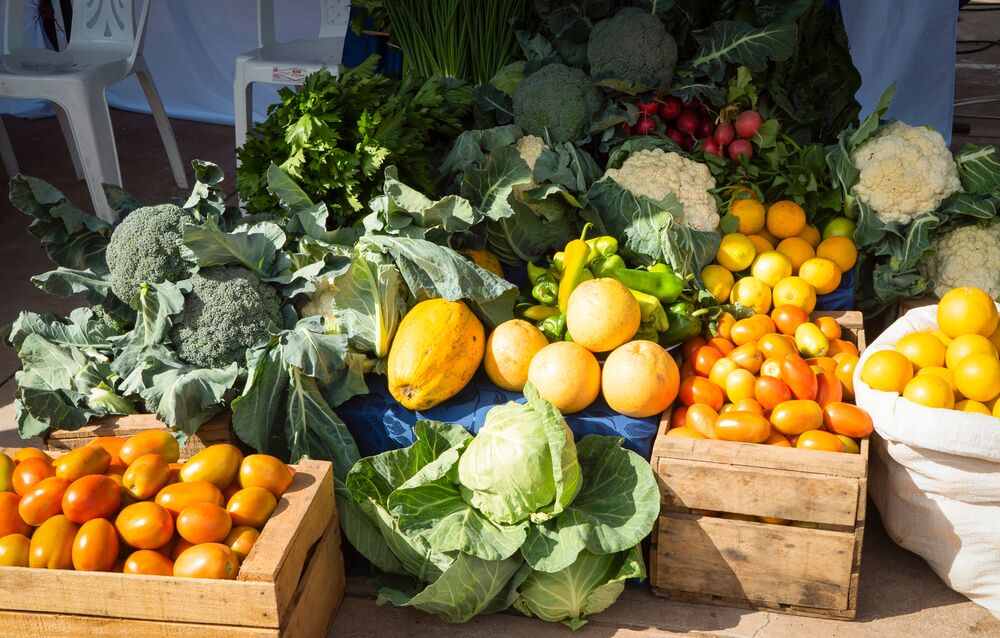
A young woman places produce on top of a large wooden table. She starts with the heads of lettuce, then adds tomatoes, broccoli, cauliflower, and bright orange clementines. One of the visitors from the nearby town smiles at the sight, deciding to try a small clementine. “Very sweet,” he says.
This is one of the first harvests of organic produce grown in Puesto García, thanks to information farmers discovered using their new Internet connection.
“I learned a lot, and I still want to learn much more,” said Elizabeth Pacheco, one of the women behind the endeavor. “I set myself a goal to grow organic crops, and I did it.”
Puesto García is a village of approximately 700 people. Although few in numbers, they are responsible for growing crops that feed hundreds of people in nearby towns, with their distribution network extending all the way to parts of Santa Cruz de la Sierra, Bolivia’s largest city.
They have identified a new market of people seeking to eat healthier with less environmental impact, and organic produce is their biggest asset. But it’s not always easy to go organic.
“We planted potatoes, but we tried and tried, and they wouldn’t grow properly. A friend of mine also had the same issue with her crops, so I told her, ‘Let’s go to the NANUM center and do research,’” said Elizabeth.
The NANUM Center in Puesto García is one of the connectivity hubs developed by the NANUM Mujeres Conectadas (NANUM Connected Women) initiative in the Gran Chaco region of South America. Led and managed locally, this community network is the key they were missing to unlocking new economic opportunities.
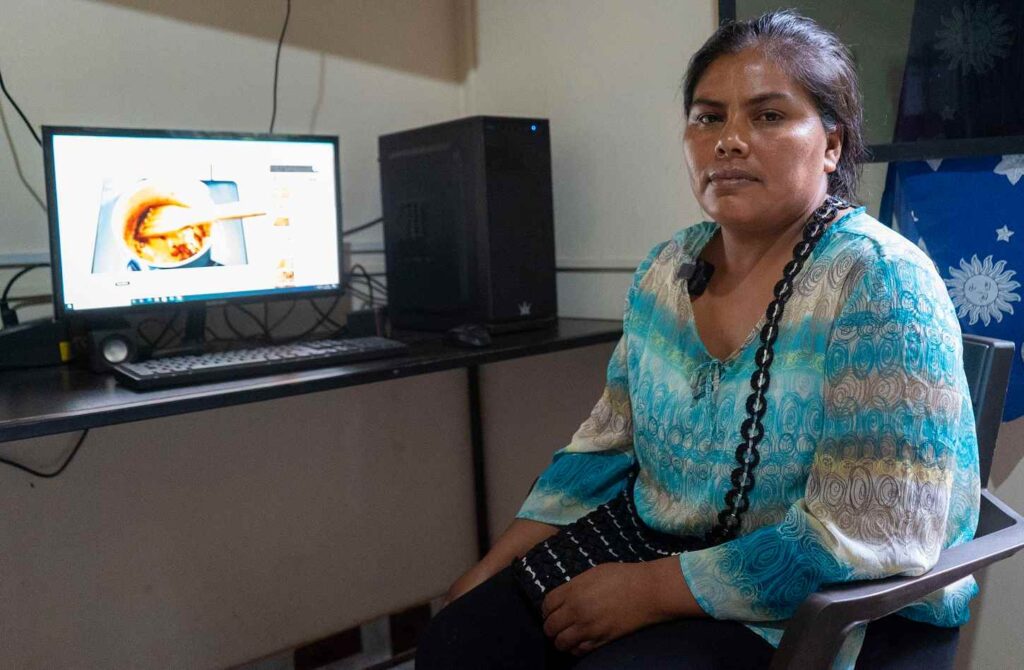
Partnering to Connect
the Women of the Gran Chaco
The Gran Chaco area spans four countries: Bolivia, Paraguay, northern Argentina, and a small part of Brazil. It’s home to several Indigenous peoples, like the Guaraní, the Toba, and the Wenhayek peoples.
While some urban areas in the Chaco have Internet connectivity, others just a few kilometers away are left behind. It is expensive to build the infrastructure, and many Internet service providers (ISPs) do not make enough profit to justify the investment, so they avoid connecting these areas entirely. As a result, entire populations are cut off from the opportunities the Internet brings.
In addition to the ever—growing digital divide between rural areas and urban, agrarian communities in the Gran Chaco are also threatened by climate change, ongoing land—grabbing, and deforestation. Relying primarily on agriculture to survive, they want meaningful Internet connectivity to help them bolster existing economic opportunities, find alternative economic ones, have their voices heard, and build resilience.
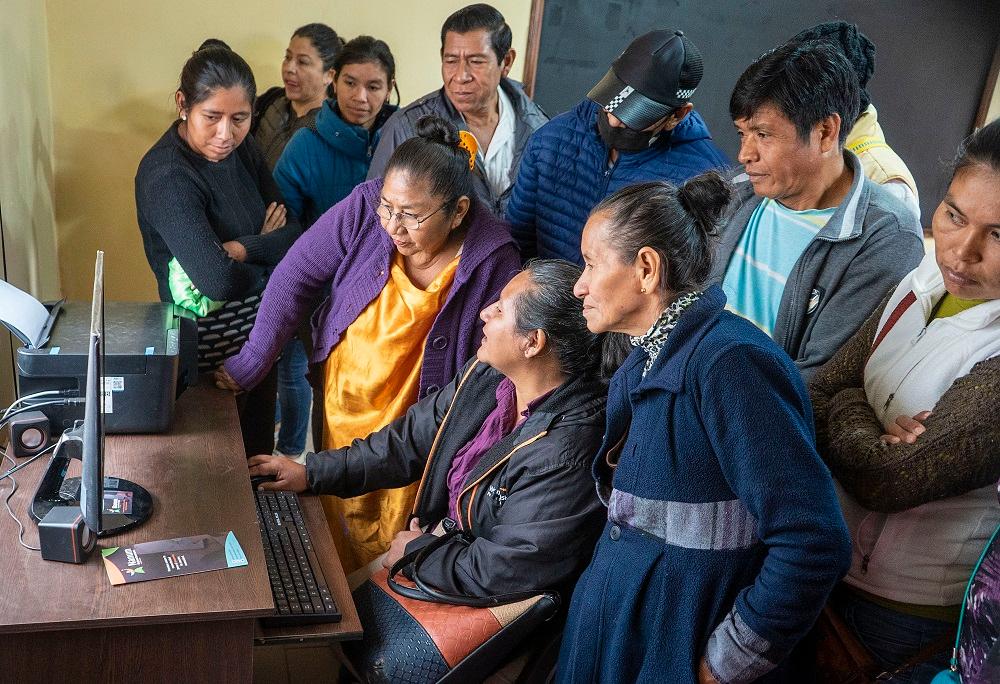
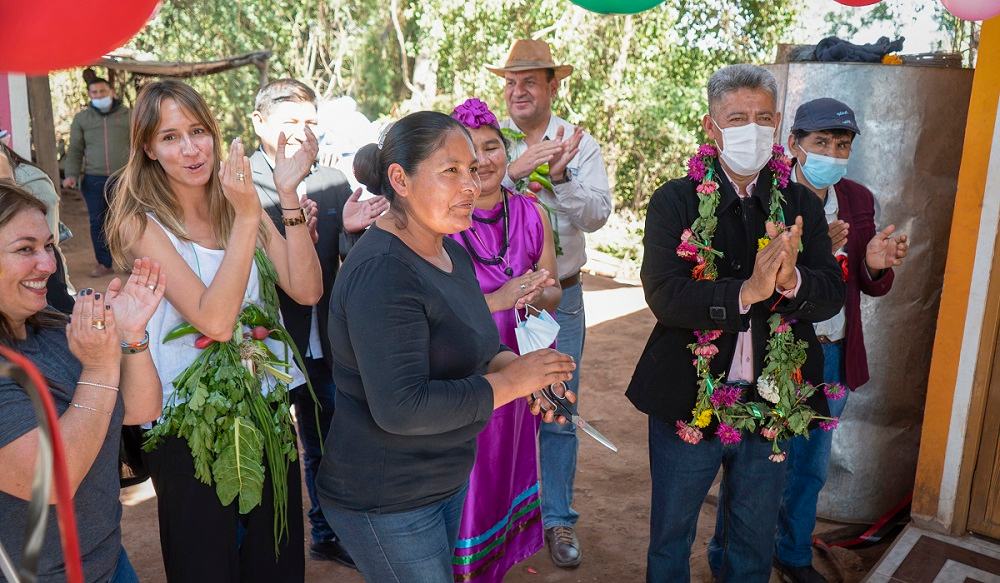
That’s where the NANUM Mujeres Conectadas project was critical. Familiar with sustainability issues and Indigenous communities in South America, organizations like Fundación Avina and Nativa joined forces with other non—profit organizations, local enterprises, and global businesses to start the project in 2020. It has focused on building the digital skills of Indigenous women by developing telecenters in communities across the Chaco even since.
Knowing how to use the Internet this huge door that leads to generating knowledge and being capable of innovating in each of the territories we work on. It brings economic development.”
At first, the project was successful. They started by building Internet and training centers—called NANUM Centers—in areas with patchy connectivity. Still, a lack of equipment and local infrastructure hindered a fast and reliable service. Women could attend these centers to learn digital, business, and content development skills and receive local journalism training. But, they needed a partner with technical expertise and experience working with remote and isolated communities to scale.
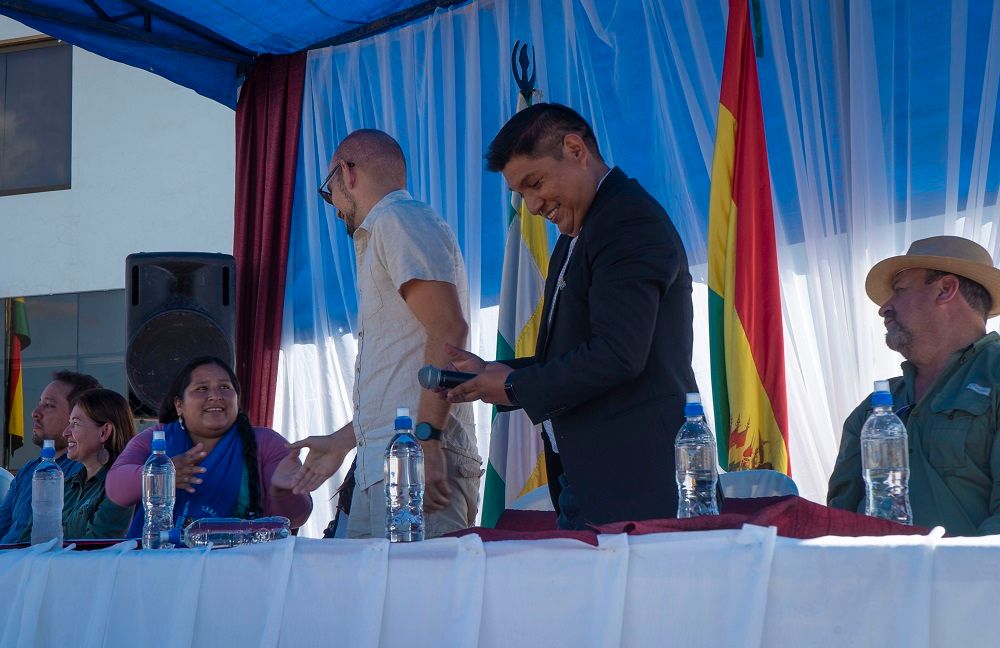
The next step was to encourage and sustain the adoption of this new technology. NANUM Mujeres Conectadas focused on identifying entrepreneurial women within the communities who had formed organizations—such as small agricultural businesses or local schools—and wanted to use the Internet to expand their reach, access more information, develop their skills, and connect to up—to—date information.
This ensures sustainability and the appropriation of the technology. Where people already have a north [star], a goal [for] connectivity […] the Internet becomes an important tool, and people have opportunities to keep the network running on their own.”
It’s critical to be able to learn. With social media, we can reach other parts of the district, and even other countries, with our handicraft and produce. It’s not about selling, but also learning about the market. Sometimes, we needed to travel to markets to see how much they were charging for produce. Using the Internet, we can do it more efficiently and economically.”
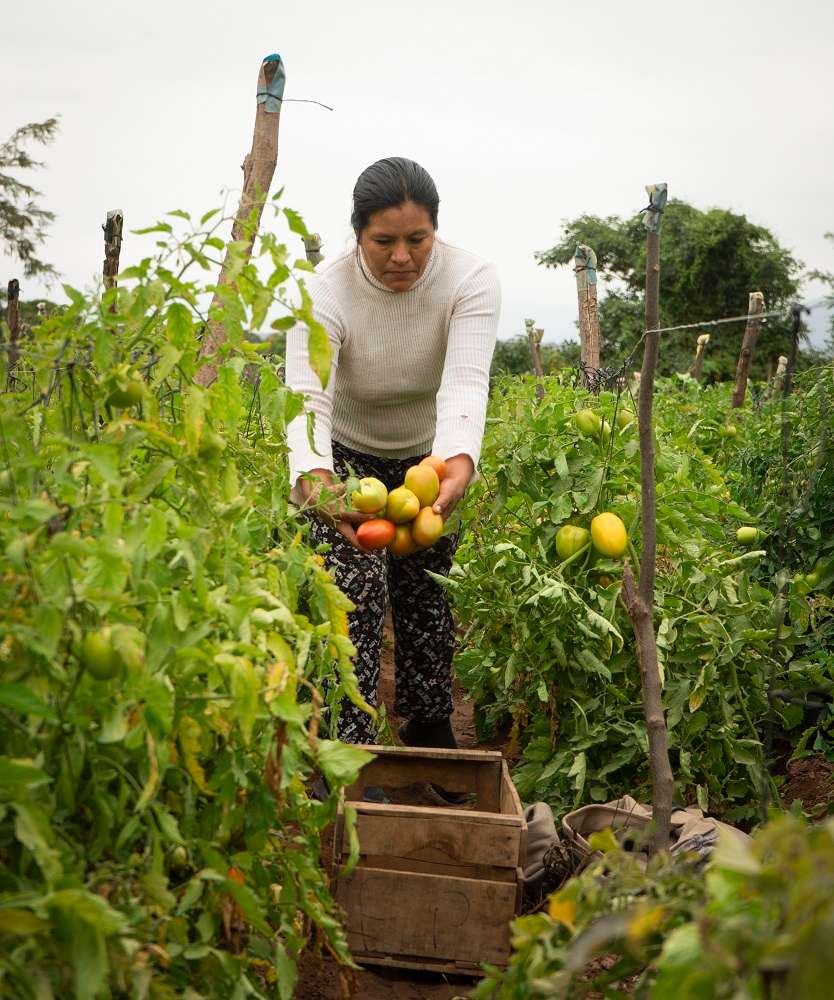
In Santa Rosa, Paraguay, a community of over 2,000 people, connectivity was limited to expensive data packages through limited mobile services that were not affordable to the local population. For the local women who work in crafting, “Connectivity [not only brought] the opportunity [to trade] their products with other communities but also helped them develop digital and financial skills,” says Mariana Franco, a project manager for the NANUM project in Paraguay.
After working with these two communities, further expansions helped them reach others like Chimeo and Tahiguati, where women sell fabric, artwork, and even locally made cosmetics.
So far, the partnership has already connected over 5,000 people to the Internet. And they don’t want to stop there.
“We plan to reach more communities and Indigenous peoples of the Chaco in the coming years,” says Marcela. With new NANUM centers, they hope to bring sustainable development to the whole Chaco region in an international effort.
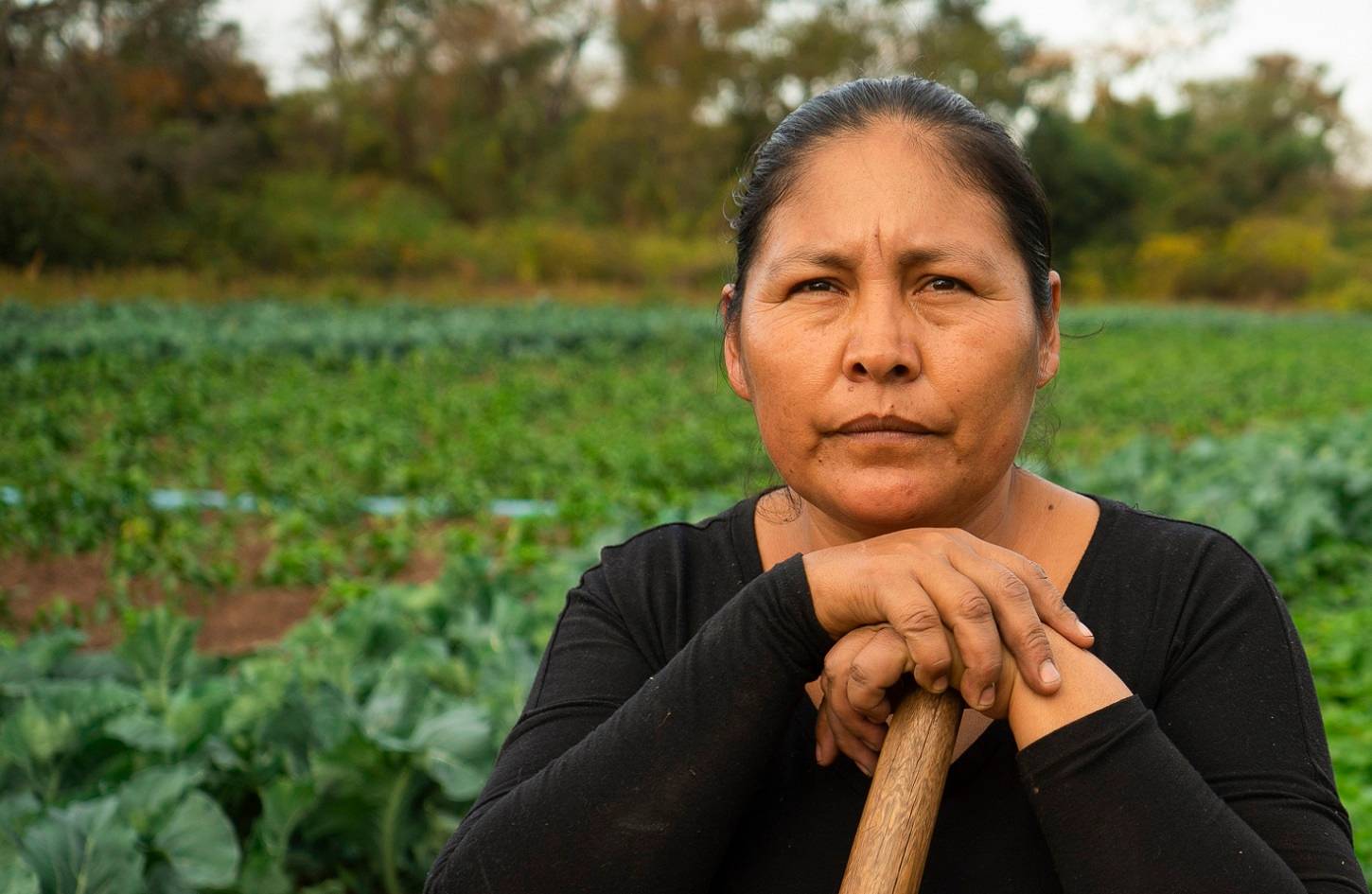
Help Connect the Unconnected
The Internet Society helps underserved communities worldwide build the Internet themselves.
You, too, can contribute to a world where everyone can benefit from the opportunities the Internet brings.
Image copyrights:
© Gustavo Castellanos Echazú